February 1st marks the start of the Chinese New Year of the tiger. Lunar New Year is considered one of the biggest festivals across the Asia region, but how and where did it originate?
IT IS BELIEVED that the lunar calendar was originally created by farmers in China, around 4,000 years ago, during the Xia Dynasty. Since the primary focus of early Chinese society was agricultural production, the lunar calendar helped keep track of the passage of time by following the moon’s waxing and waning.
Over time, the ancient Chinese began celebrating the end of the harvest season – which fell in autumn, the 10th month of the lunar calendar – where people would gather together and feast on lamb and rice wine, wishing each other long and prosperous lives.
While the timing is different, these celebrations are considered one of the precursors to today’s Lunar New Year festivities. With the incoming of each new dynasty, aspects of our modern would be introduced to the canon.
Evolution of Chinese New Year traditions:
- Qin Dynasty: Introduction of housecleaning rituals, appeasing the Kitchen God
- Han Dynasty: Ancestor worship and visiting friends and family to offer new year wishes
- Jin Dynasty: Introduction of shousui, the tradition of all-night revelry on New Year’s Eve
- Tang Dynasty: The giving of bai nian tie (greeting cards), started by Emperor Taizong of Tang
- Song Dynasty: The gifting of money to children and the use of firecrackers in celebration
- Ming Dynasty: The tradition of preparing and eating jiaozi (Chinese dumplings)
Many of these traditions – in one form or another – are still practised in Hong Kong and China today, such as the giving of red packets containing money, know locally as lai see. Notably, this tradition is also believed to have influenced the giving of green envelopes by Malay Muslims during Eid al-Fitr and the giving of purple envelopes by Malay Hindus during Deepavali.
You may notice that red is always a very prominent colour in Chinese New Year celebrations. One school of thought links this back to Nian, a terrifying monster who according to Chinese mythology, would terrorise villages, eating their crops and even the villagers’ children.
However, the monster had a fear of the colour red, so the villagers would decorate their homes with red lanterns and scrolls in a bid to scare the monster away.
How is the Lunar New Year celebrated elsewhere in Asia?
North & South Korea: Seollal
In both North Korea and South Korea, Lunar New Year is known as Seollal. Koreans share similar rituals to China, including the cleaning of ancestral graves, receiving of sebaetdon (traditional lucky bags containing money), and talking well into the night. A culinary specialty for Seollal is tteokguk, a traditional soup made with garaetteok (sliced rice cakes), beef, egg and vegetables.
Vietnam: Tet Nyugen Dan
Known as Tết for short, the Vietnamese celebrate with dragon dancing in the streets, family reunions, and the decoration of their homes with apricot and peach blossoms or kumquat trees. Culinary specialties include bánh chưng – a tightly bound, banana leaf-wrapped sticky rice snack with pork and mung bean filling – and chả lụa (Vietnamese sausage).
Mongolia: Tsangaan Sar
Literally meaning ‘white moon’, celebrations for Tsagaan Sar vary across the vast expanse of Mongolia, but often involve family gatherings dressed in national Mongol costumes, and use of the Zolgokh, a formal Mongolian greeting. New Year feasts typically include grilled side of sheep, buuz (steamed meat dumplings) and boortzog (fried dough snacks).
Singapore, Malaysia & Indonesia: Tahun Baru Cina (or Imlek)
Several other Southeast Asian countries with large Chinese diaspora communities celebrate the New Year following similar traditions to those in China. In Singapore, the streets of Chinatown are light up with traditional lanterns with vendors selling snacks and gifts. Culinary specialties in the region include yusheng – a Cantonese-style tossed salad with raw fish.


















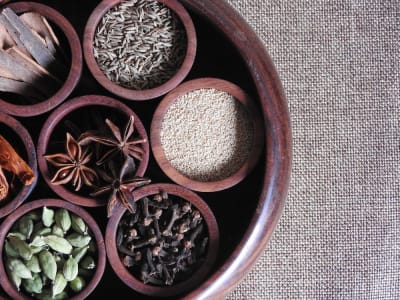

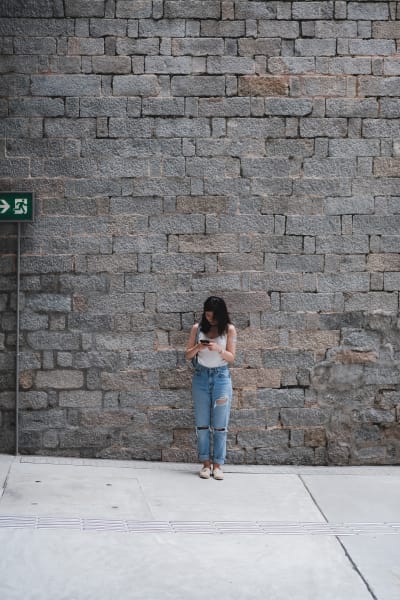


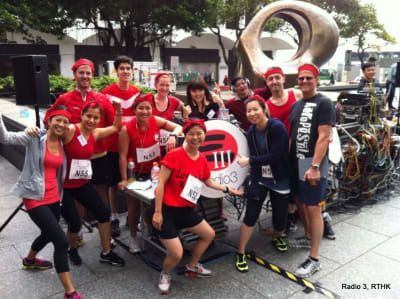
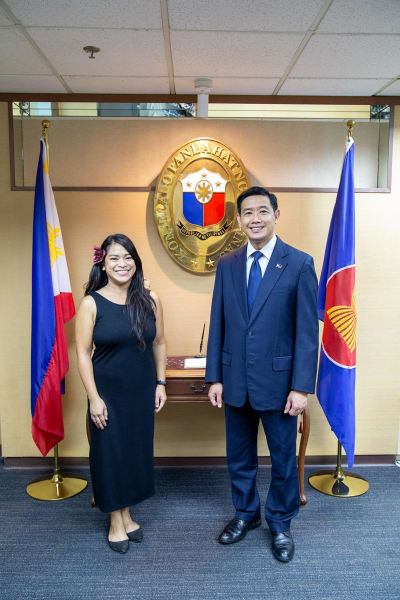




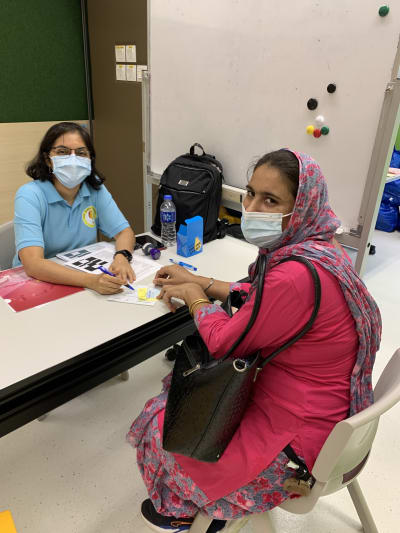





9dde49c3be6bac6166d59fb7abf39532)



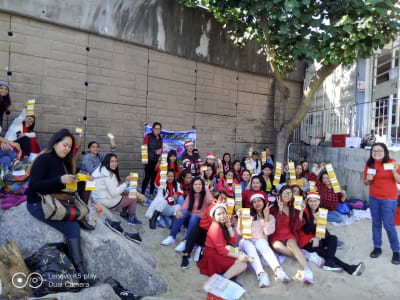



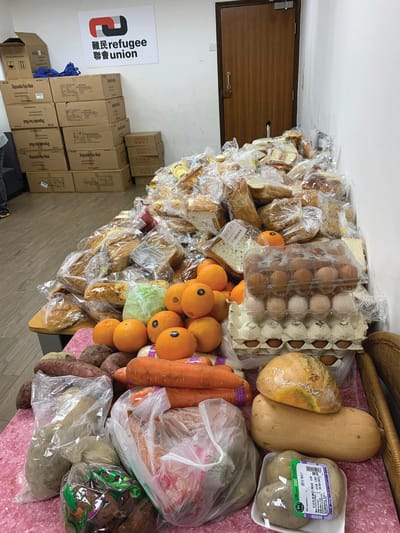

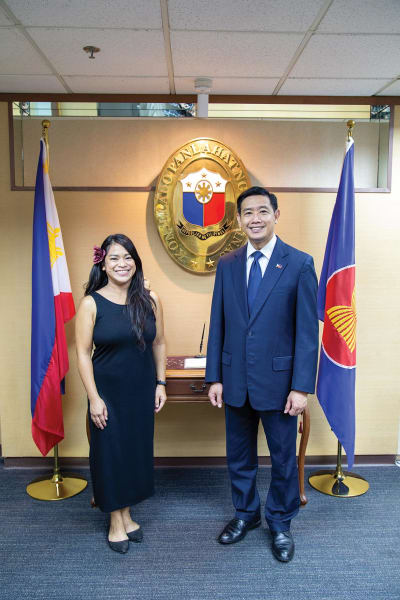
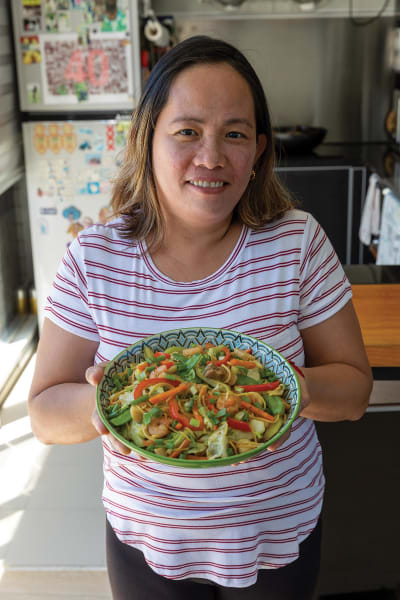



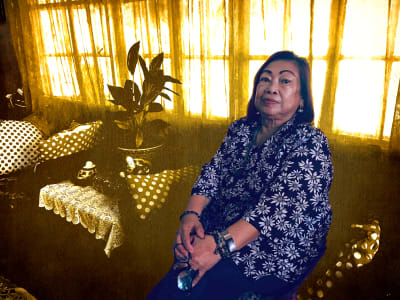

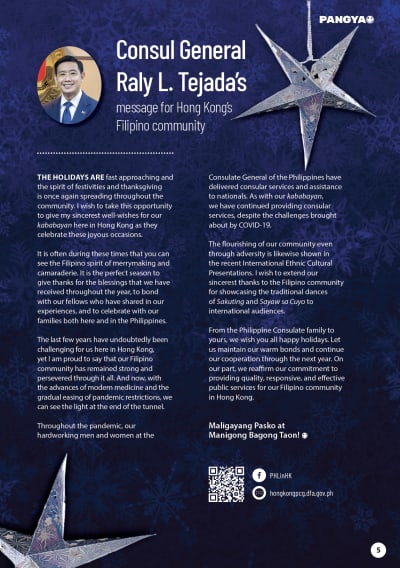


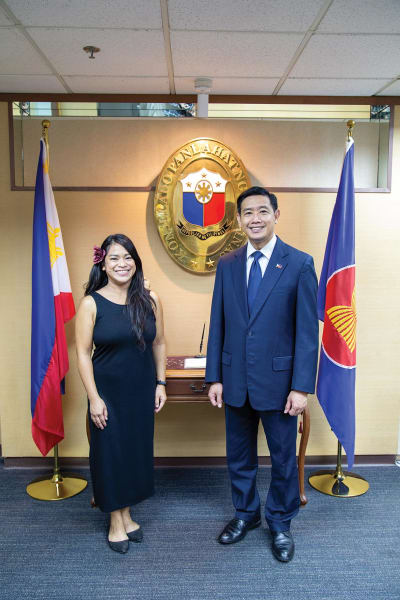


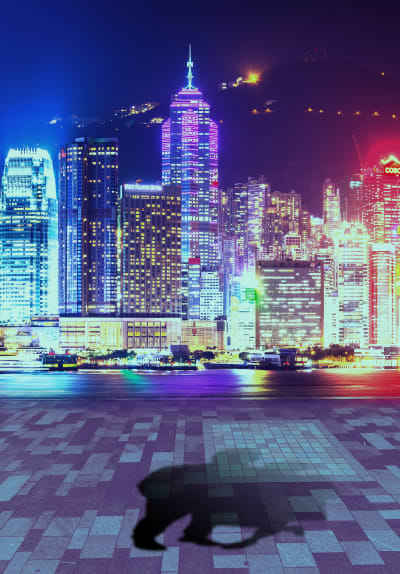
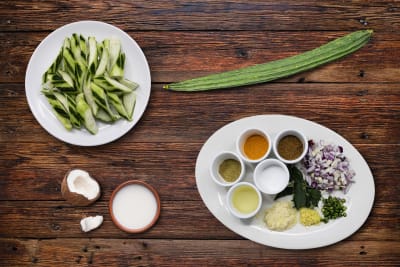

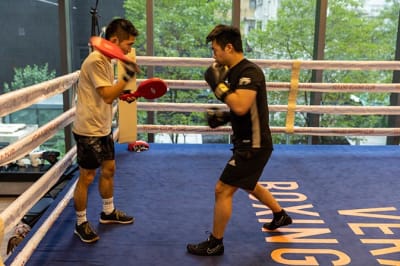






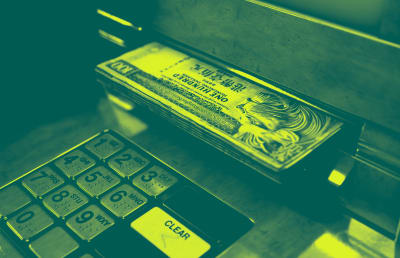


 (1)4b7355993ca6165c683913d00254e725)
6c2435b2dd0927f22b3222b88d21fb70)
